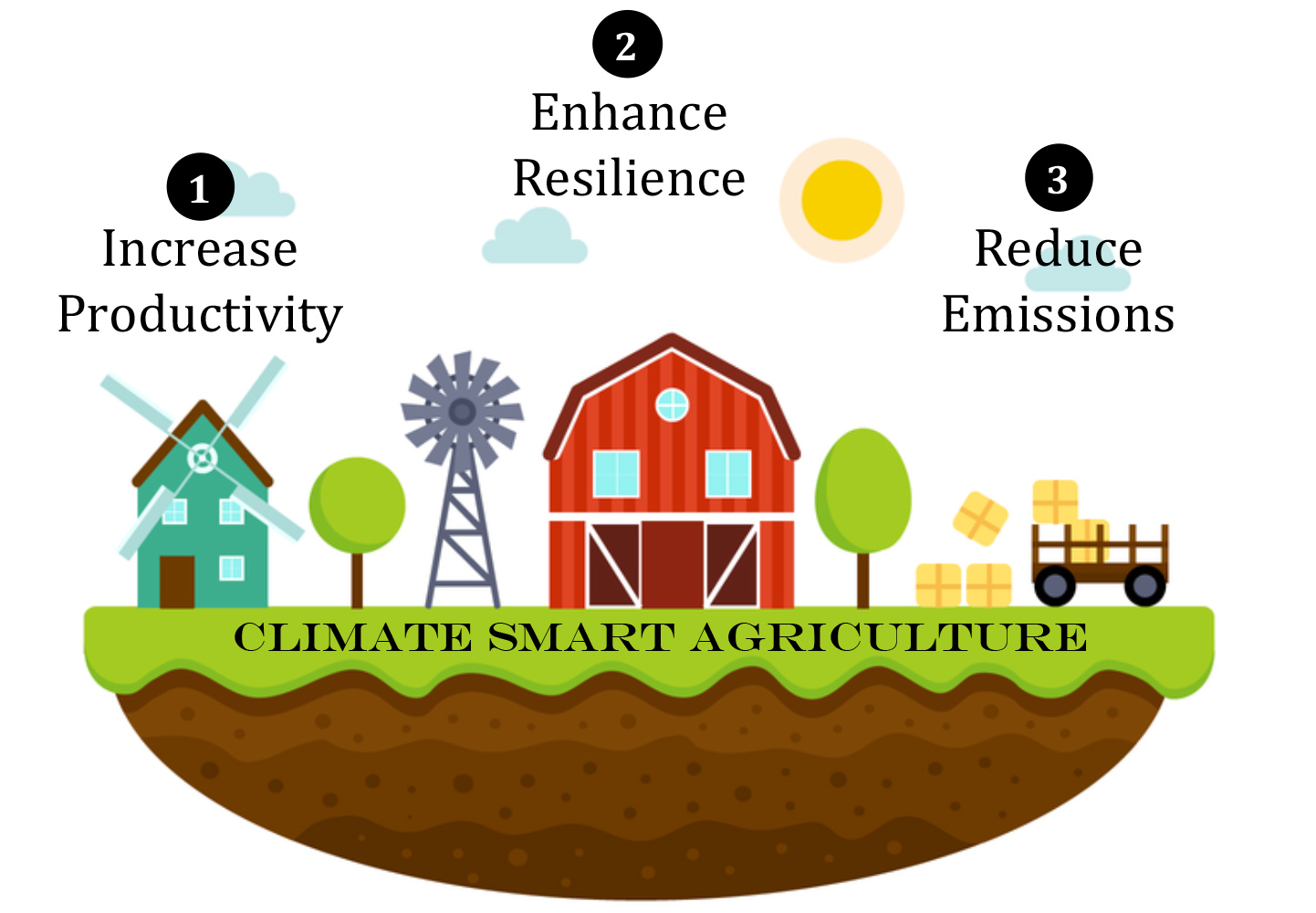
The Carbon Cycle and Climate Smart Agriculture
Students explore the carbon cycle, evaluate natural and human-induced activities that drive the carbon cycle, and discover climate smart agricultural practices that can be used to produce our food.

Students explore the carbon cycle, evaluate natural and human-induced activities that drive the carbon cycle, and discover climate smart agricultural practices that can be used to produce our food.
Students explore the benefits and functions of different types of barns and use problem-solving skills to build a model of a hay barn that meets specific requirements.
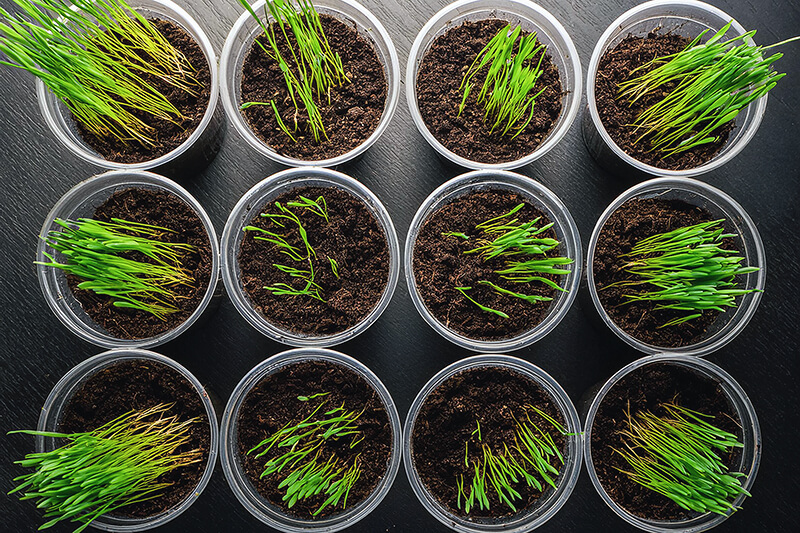
Students investigate rangelands by growing their own grass to represent a beef or sheep ranch.
Students identify the differences between beef and dairy cattle and determine the commodities produced by each type of cattle.
Students read Right This Very Minute—a table-to-farm book about food production and farming—and diagram the path of production for a processed product, study a map to discover where different commodities are grown, and write a thank-you letter to farmers in their local community.
Students investigate the transfer of energy in the process of making milk, discover that there are different forms of energy, determine that living things need energy to survive, and identify the sun as the primary source of energy.
Students explore pecan production from farm to fork, simulate the process of grafting, and create a nutritious snack.
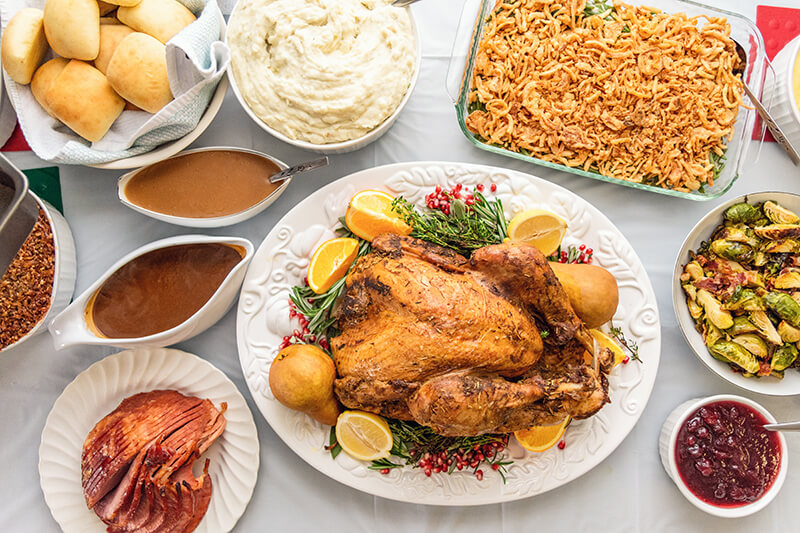
Identify common Thanksgiving foods and their farm source, determine if those foods can be produced locally, and locate the common origins of their Thanksgiving day dinner.
Students will explore the major events and changes in agriculture related to science, technology, and policy in the era of 2001 to the present, taking an in-depth look at how these elements have impacted American families and communities through the passage and enactment of government programs and policies.
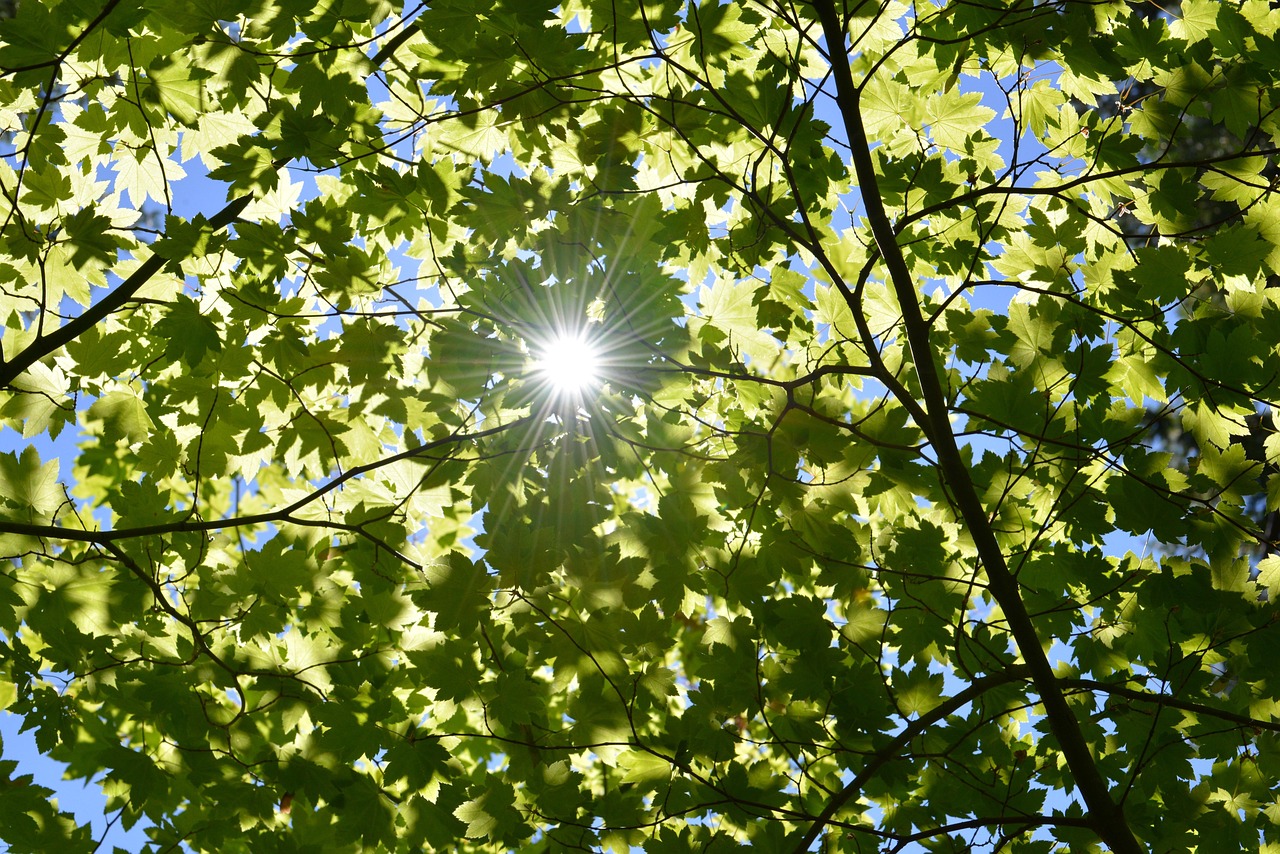
Explore photosynthesis to discover how plants obtain energy from the sun and then continue following energy's path to see how energy can flow through ecosystems to ultimately provide food for humans.
Students use the visual representation of a web to explore the role of agriculture in their daily lives and understand how most of the necessities of life can be traced back to the farm.
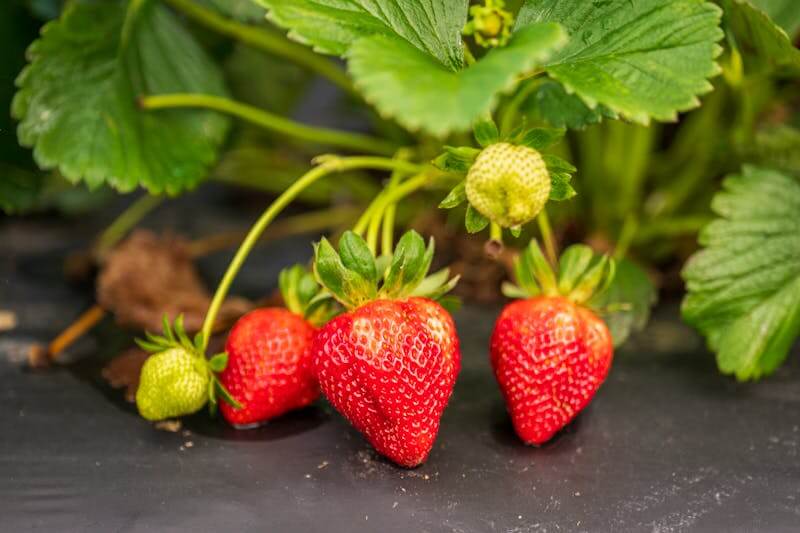
Students identify the structure and function of six plant parts and classify fruits and vegetables according to which parts of the plants are edible.